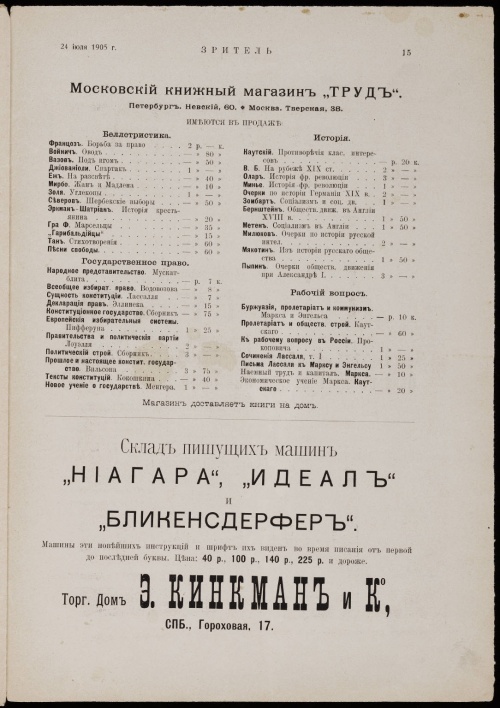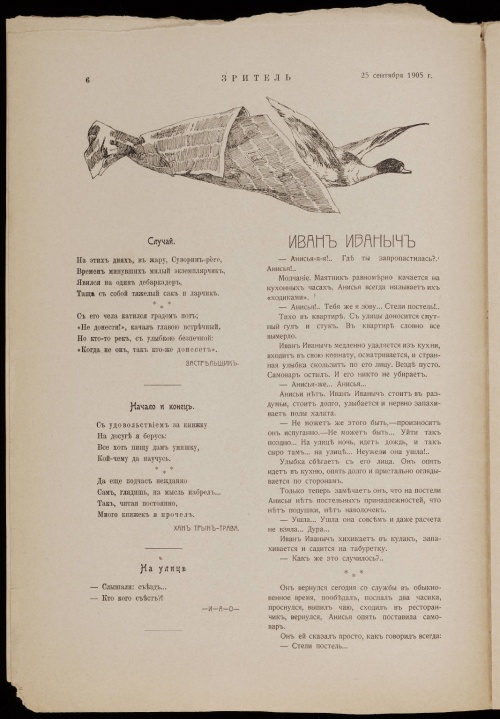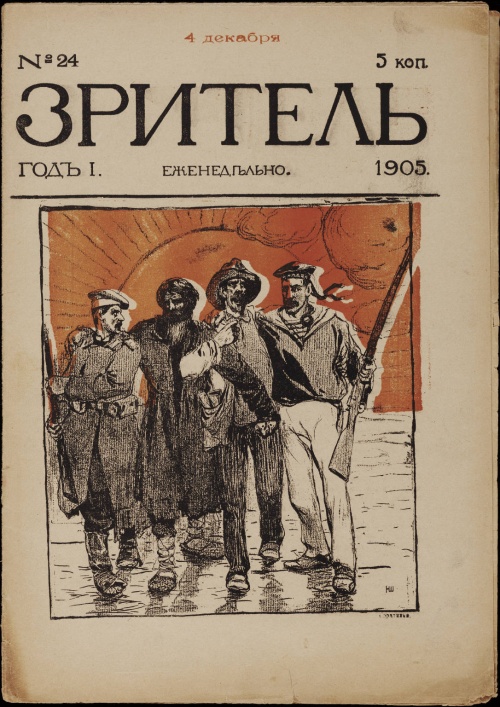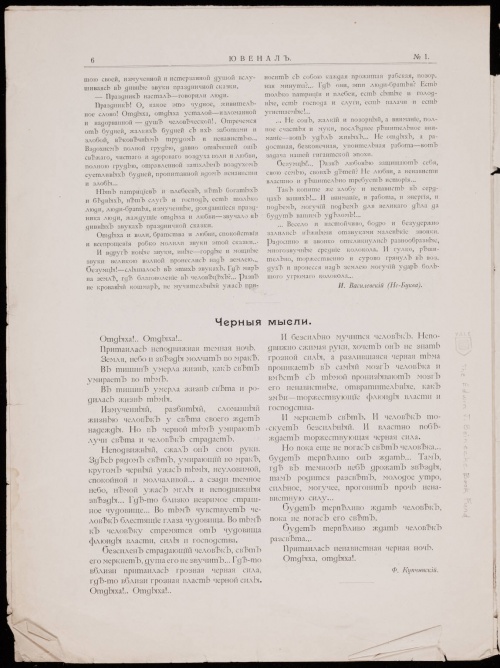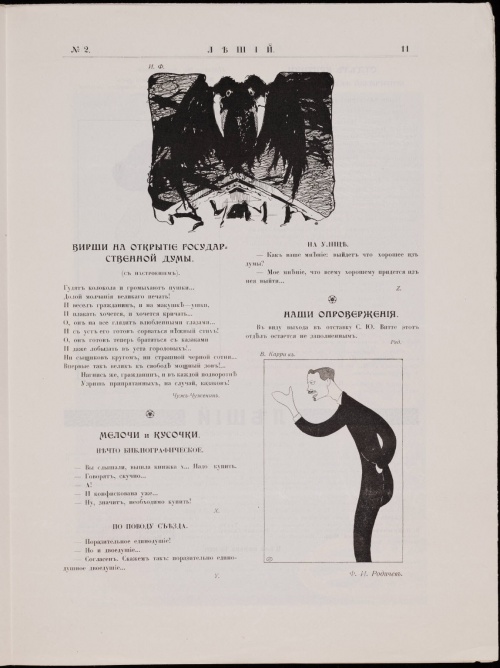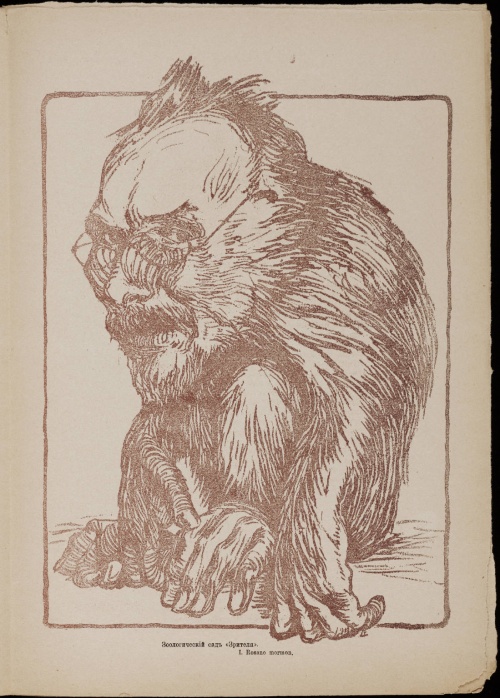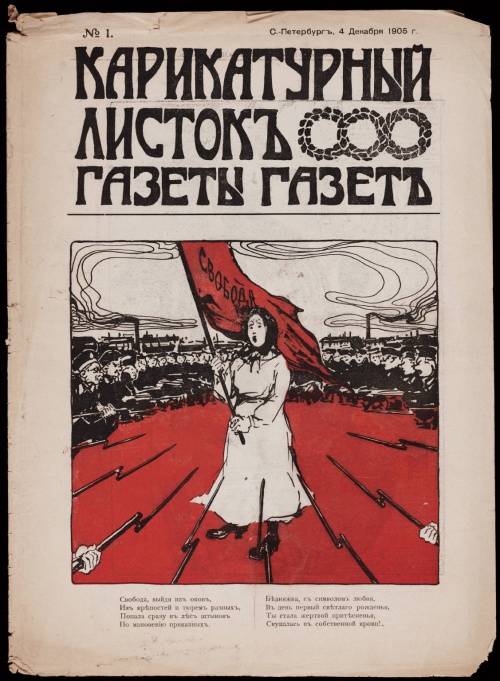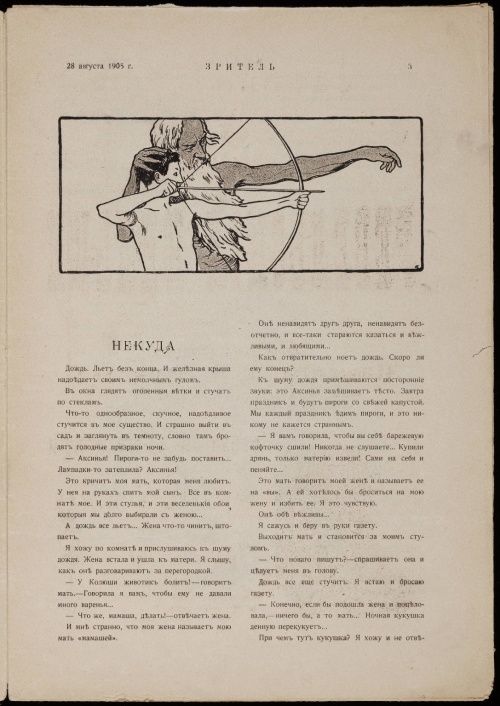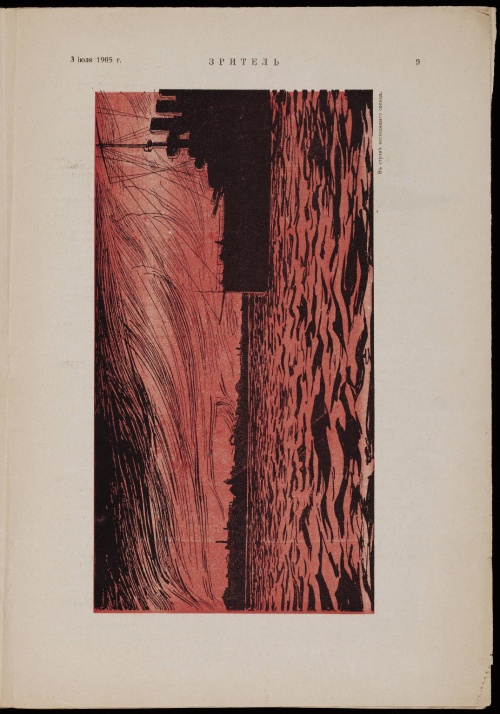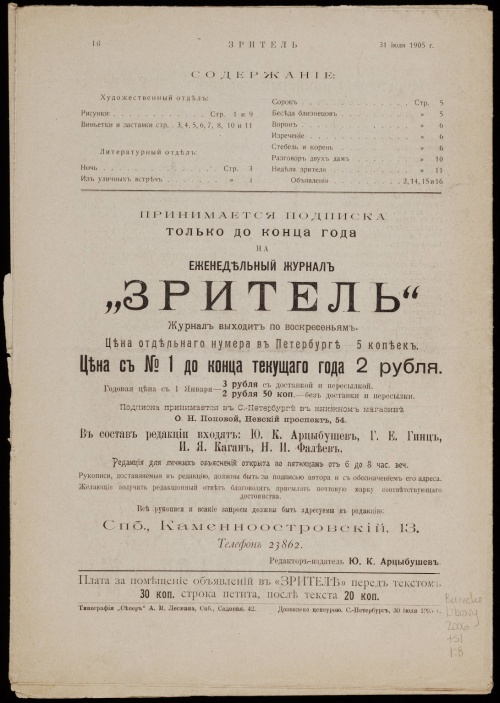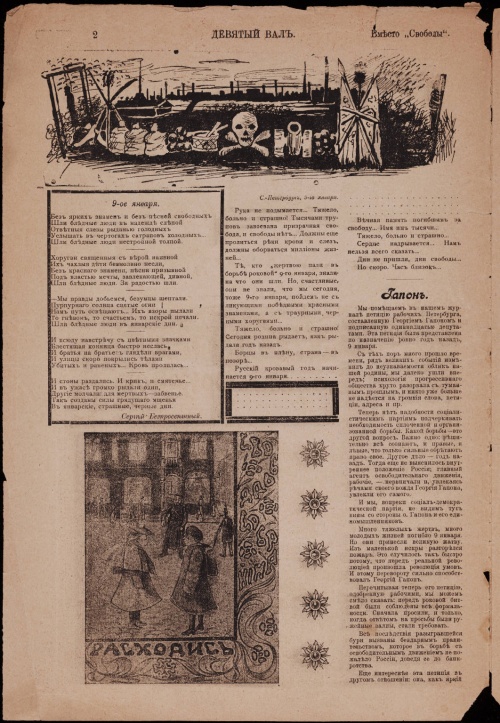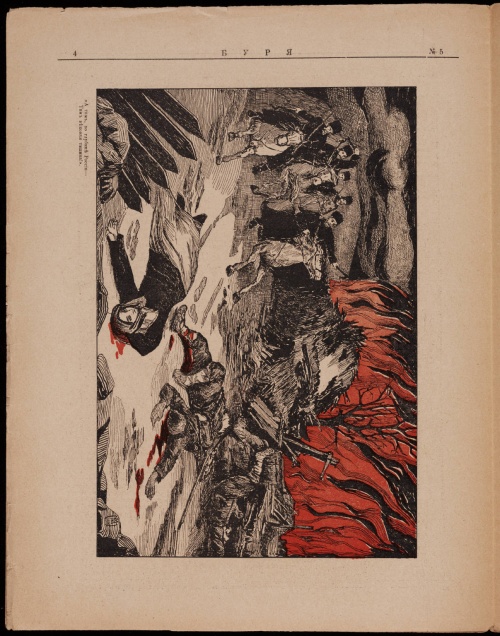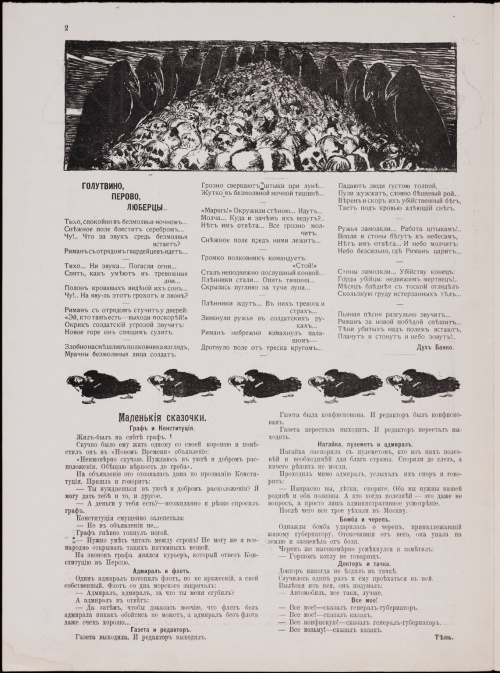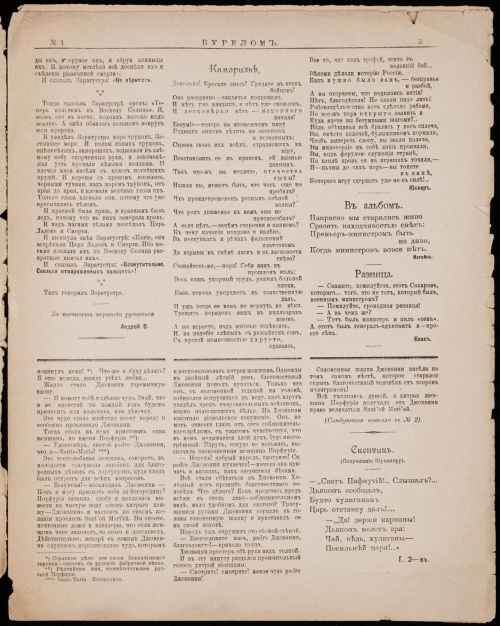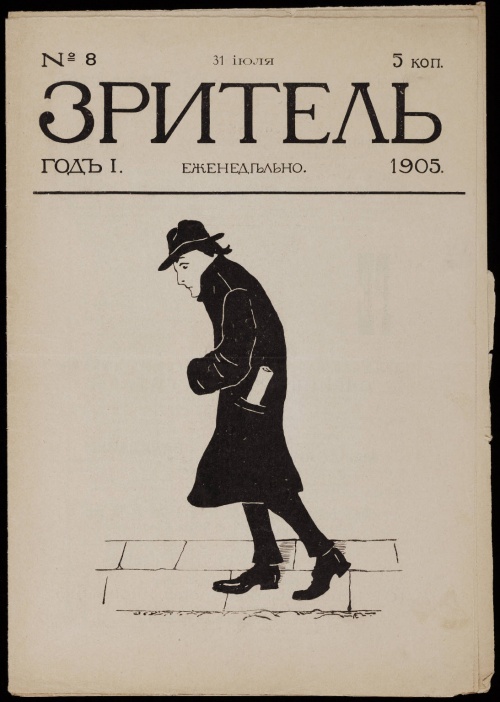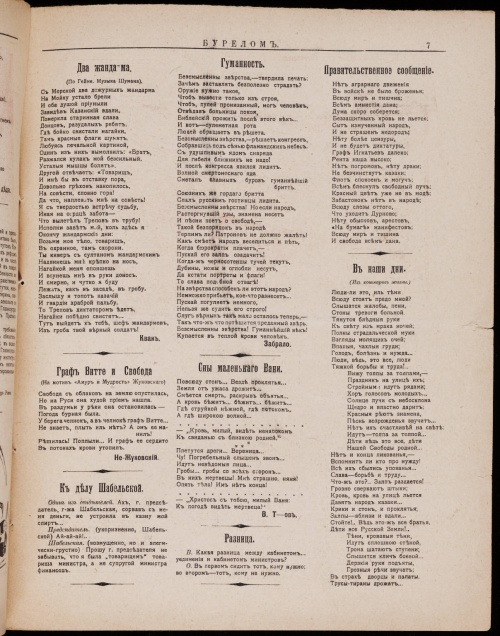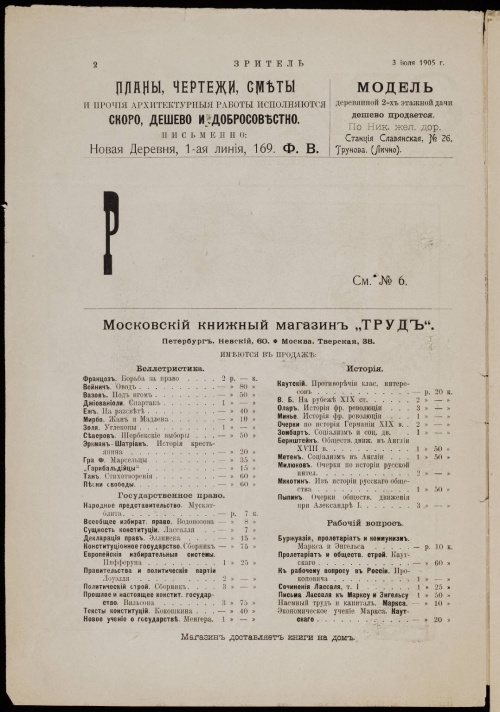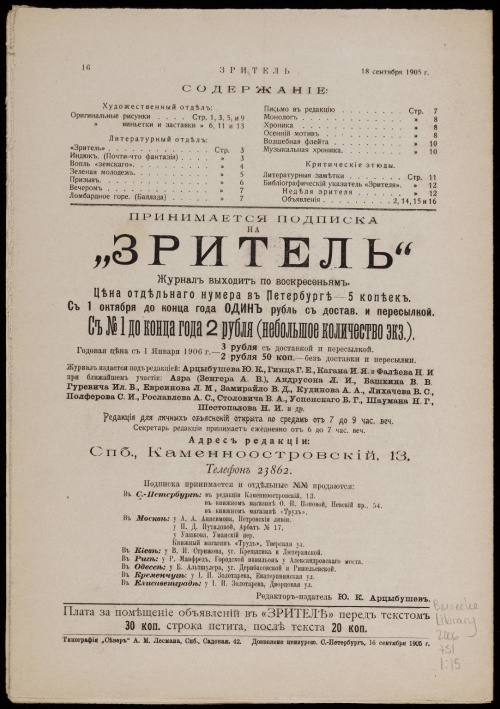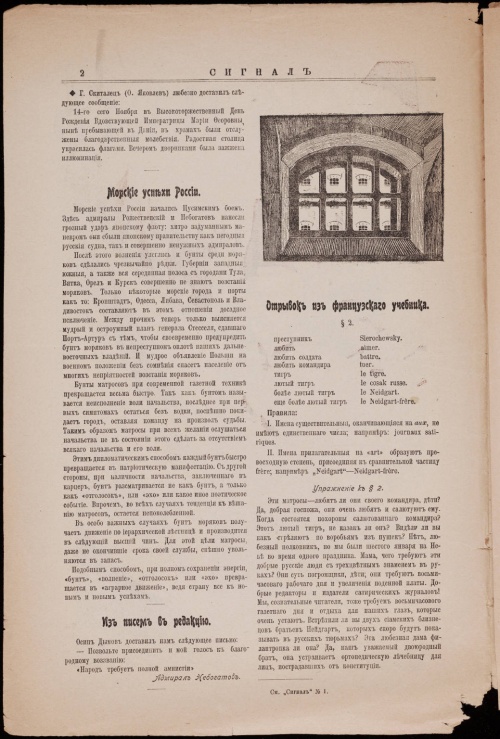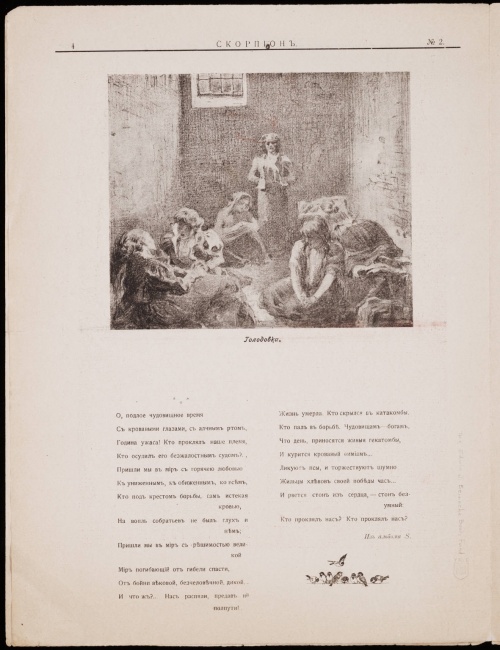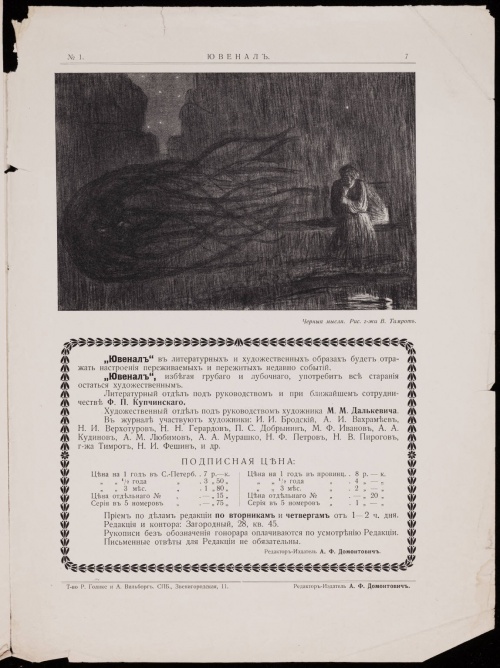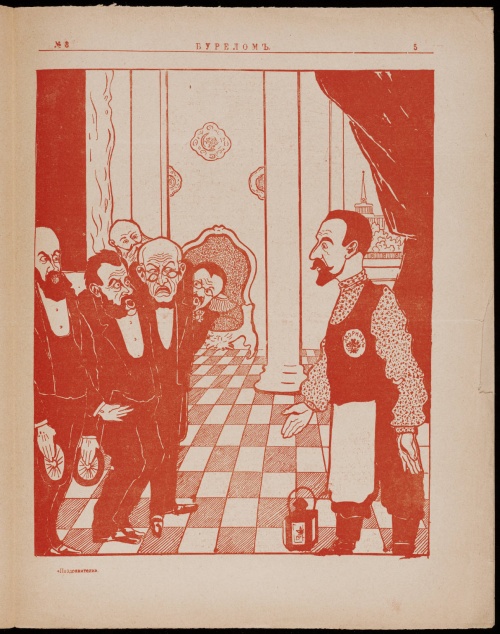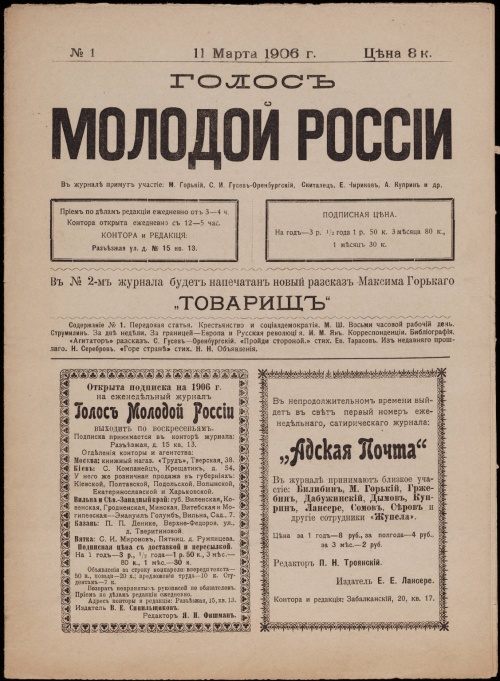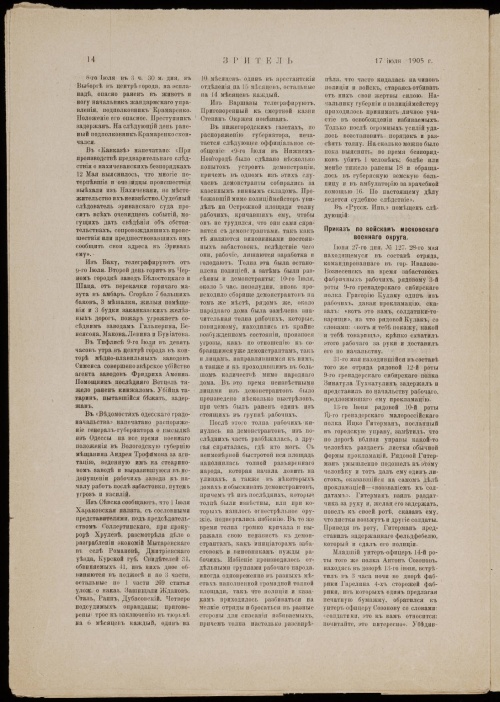Russian satirical magazines of 1905-07. Part 1 (510 photos)
After the revolution of 1905, many satirical illustrated publications of different periodicities appeared in Russia: “Machine Gun”, “Sting”, “Axe”, “Spectator”, “Bug”, “Scourge”, etc. The total number of such publications was in the hundreds. These magazines were published in both capitals, the cities of Odessa, Tiflis, Kharkov, Kyiv, Yaroslavl, Saratov and many others. All of them were ultra-radical, but with different political platforms: from revolutionary, socialist to moderate constitutional and reactionary, pogrom. Many were short-lived. The main target of most of these publications is autocracy, the Manifesto of October 17, Tsar Nicholas II, ministers Witte, Durnovo. Color drawings and caricatures complemented poetry and prose, and the genre of parody was widely practiced. The volume of magazines ranged from 4-8 or more pages. Along with such feuilletonists and poets as O. Dymov, N. Teffi, V. Potemkin, A. Kuprin, M. Gorky, I. Bunin, K. Chukovsky, V. Knyazev were published in a number of magazines.
During this period, political caricature also developed in Russia. Among the large number of political drawings, a special place is occupied by the caricature of the clergy of the Russian Orthodox Church, which appeared for the first time in Russia.
Among the artists who were especially active in such popular St. Petersburg magazines of 1905-1907 as “Fighters”, “Windfall”, “Storm”, “Vampire”, “Whirlpool”, “Diver”, “Magic Lantern”, “Woodpecker”, “Savage”, “Bogeyman”, “Bully”, “Spectator”, “Hell Mail”, etc., we meet representatives of a wide variety of artistic movements. There were also representatives of the “World of Art”, and artists close to the Peredvizhniki, and masters associated with the Academy of Arts. Young people - students of the Academy of Arts and other educational institutions of the capital - were especially active. Along with them were artists who had only recently completed their education; Professional magazine draftsmen, accustomed to responding to topical events, and, finally, even individual pencil-wielding amateurs, have worked here for a long time.
It is significant that almost no significant event of the first Russian revolution remained unreflected in satirical drawings on the pages of popular magazines. However, most often the authorship of these works is impossible (or very difficult) to determine. In most cases, cartoonists were not keen to sign their name.

